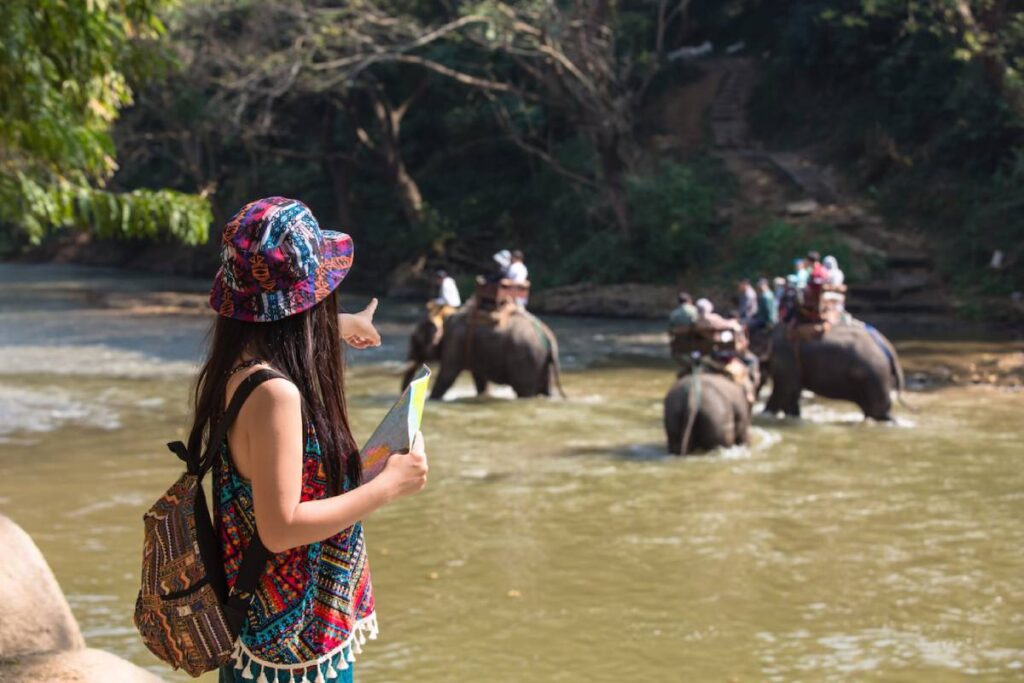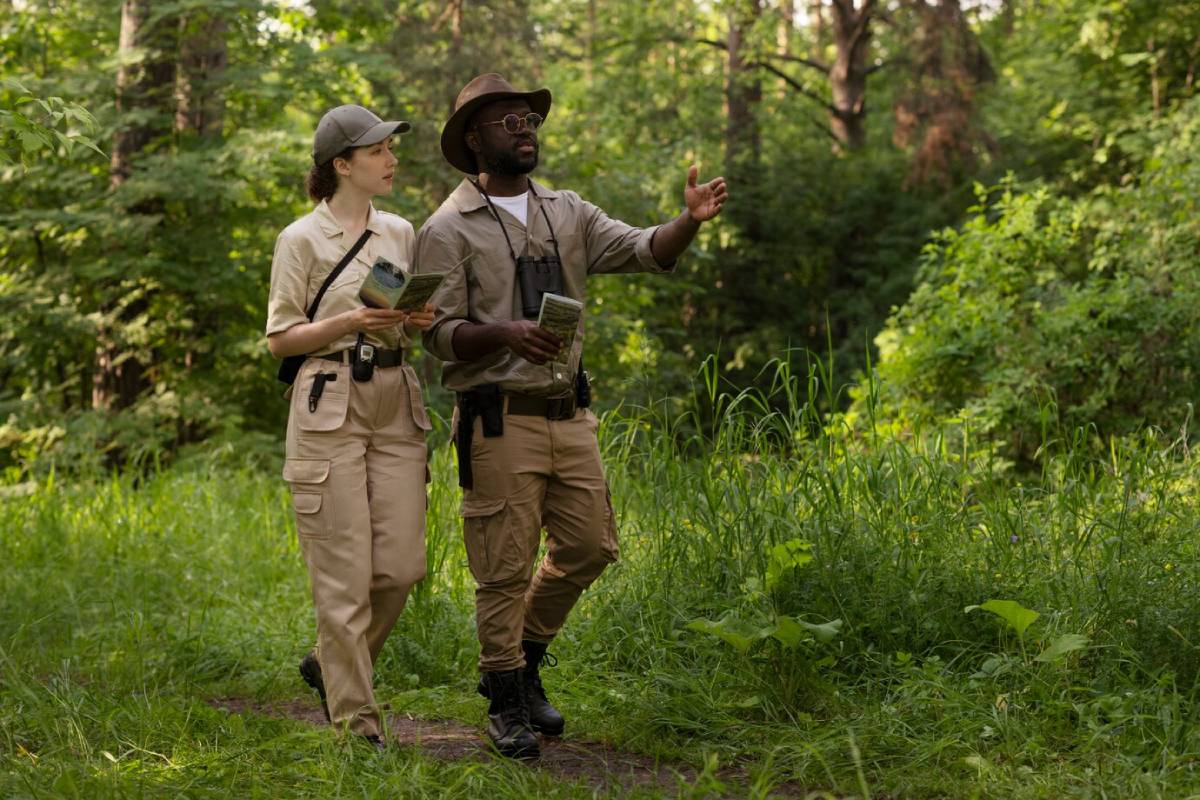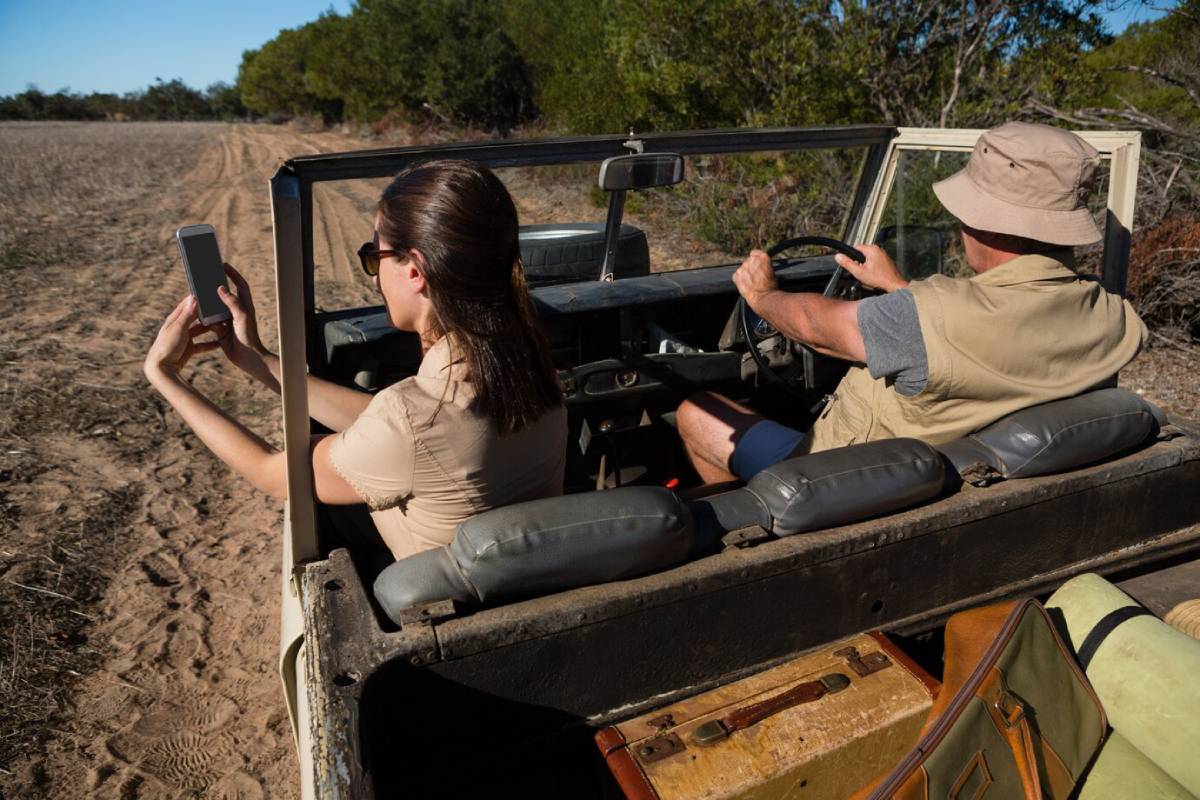Travel Blogs

Ethical Wildlife Encounters: Dos and Don’ts
Watching a lion yawn at sunrise. Hearing monkeys chatter in treetops. Swimming near sea turtles. These are moments that make travel magical.
But here’s the truth: not all wildlife encounters are good for the animals involved. Sometimes, our bucket-list moments come at their expense.
That’s where ethical wildlife tourism steps in. It’s all about seeing animals without disturbing their natural lives. In this guide, we’ll cover the dos and don’ts for responsible animal encounters. This way, you can enjoy nature and leave it better than you found it.
Why Ethics Matter in Wildlife Tourism
Wildlife tourism is a booming industry. Millions of travellers book animal-based activities every year—from safaris to dolphin swims. But many of these experiences can harm animals and habitats.
Here’s how:
- Close contact spreads disease
- Flash photography causes stress
- Feeding animals changes their behaviour
- Captivity often involves cruelty
- Irresponsible tours damage ecosystems
That’s why sustainable wildlife travel is so important. Done right, it helps protect nature, fund conservation, and educate travellers.
The Dos: How to Enjoy Wildlife Responsibly
Let’s start with the positive. Here are things you should do when planning and enjoying an animal-focused trip.
Do Choose Ethical Operators

Book with companies that put animal welfare first.
Look for:
- Local, licensed guides
- Small group sizes
- Clear no-touching/no-feeding policies
- Partnerships with conservation NGOs
- Fair wages for staff
A great operator will also educate you, not just entertain.
Do Observe From a Distance
Give animals space. Use binoculars or zoom lenses, and never try to get close for a selfie.
Why it matters:
- Reduces stress on animals
- Avoids injury (to them and you)
- Keeps natural behaviour intact
Remember, wild animals aren’t there for your photos—they’re living their lives.
Do Your Research
Before booking, take 10 minutes to dig into:
- The company’s ethics and mission
- Reviews that mention animal welfare
- Any partnerships with conservation groups
- Transparency about where your money goes
If they’re vague or hide details, that’s a red flag.
Do Support Sanctuaries and Rescues (When Legitimate)
Some places truly rescue animals and give them lifelong care. Others just use the word “sanctuary” to sound good.
Real sanctuaries:
- Don’t breed animals for entertainment
- Don’t allow public handling
- Don’t sell tickets to shows
- Offer clear histories of their animals
Do Follow Local Guidelines
Every place has different rules to protect its wildlife—respect signs and instructions, even if others aren’t.
That includes:
- Staying on marked trails
- Not using drones without permission
- Being quiet in sensitive areas
- Avoiding flash photography
You’re a guest—treat your hosts (animal or human) with respect.
Do Support Conservation With Your Wallet

Your travel money is powerful. Spend it where it helps:
- Book stays at eco-lodges that donate to wildlife causes
- Shop from local artisans, not chain gift shops
- Donate to research or rescue centres you visit
- Choose national parks and reserves over theme parks
Every pound you spend can protect—not exploit.
The Don’ts: Common Mistakes That Harm Wildlife
Now for the tricky part—habits and activities to avoid, even if they’re popular or “once in a lifetime.”
Don’t Ride, Touch, or Hold Wild Animals
This includes:
- Elephant rides
- Lion cub petting
- Holding monkeys, snakes, or birds
- Sea turtle selfies
- Dolphin swimming experiences
Why it’s harmful:
- Animals are often drugged or chained
- Babies are taken from mothers
- Stress shortens their lifespans
- It encourages illegal trade and abuse
Let animals stay wild. Admire them, but keep your hands to yourself.
Don’t Feed Wildlife
Even if it seems kind, it’s risky.
Feeding:
- Makes animals depend on humans
- Alters natural diets
- Can cause aggression or disease
- Increases human-wildlife conflict
Monkeys in Bali are now aggressive because tourists feed them for photos. That’s not nature—it’s disruption.
Don’t Book With Unethical Zoos or Attractions
Some places keep animals in poor conditions just to attract tourists.
Warning signs:
- Small, dirty cages
- No enrichment or exercise
- Animals performing tricks
- Loud music or crowds
- No conservation or education purpose
If it feels wrong—it probably is.
Don’t Litter or Leave Traces
Rubbish in wild areas is dangerous.
It can:
- Entangle or choke animals
- Leach chemicals into soil or water
- Lure animals into human areas
Always carry your trash out—even small things like wrappers or cigarette butts.
Don’t Choose Convenience Over Ethics
Sometimes the “easy” option is the wrong one.
Skip tours that:
- Guarantee animal sightings
- Promise “hands-on” experiences
- Are super cheap with no clear values
- Take place in questionable facilities
Better to say no than fund harm.
Real Story: A Lesson in the Wild
Sophie, a traveller from London, once booked a dolphin swim on holiday in the Caribbean. She later learned the dolphins were kept in concrete tanks and had been captured from the wild.
She felt awful—but it changed how she travelled.
Now, she only books with companies that follow ethical wildlife tourism standards. Her last trip? Volunteering on a turtle nesting beach in Costa Rica.
One bad experience led to a lifetime of better choices.
How to Choose a Responsible Wildlife Experience
Here’s a quick checklist to help you find truly ethical tours:
Your Pre-Trip Checklist:
- Is the animal free to roam, not caged?
- Does the operator follow local laws and global standards?
- Is touching allowed? (It shouldn’t be.)
- Is education part of the experience?
- Are profits used for conservation or community support?
- What do recent reviews say?
When in doubt, ask. Ethical operators will be happy to explain what they do.
Trusted Resources for Ethical Travel
Need help choosing? Try these sites:
- Responsible Travel: Lists eco and ethical wildlife tours
- World Animal Protection: Offers guides and advice
- The Global Federation of Animal Sanctuaries: Validates real sanctuaries
- ABTA’s Animal Welfare Guidelines: For UK travellers and agents
- Wildlife Friendly Enterprise Network: Supports community-based conservation
Watch, Learn, and Leave No Harm

Ethical wildlife tourism isn’t about giving things up. It’s about gaining more—more respect, more connection, and more meaning.
Because seeing a lion in the wild should fill your heart—not make you question your choices.
What’s your most powerful wildlife encounter? Share it below and help others explore with purpose.









